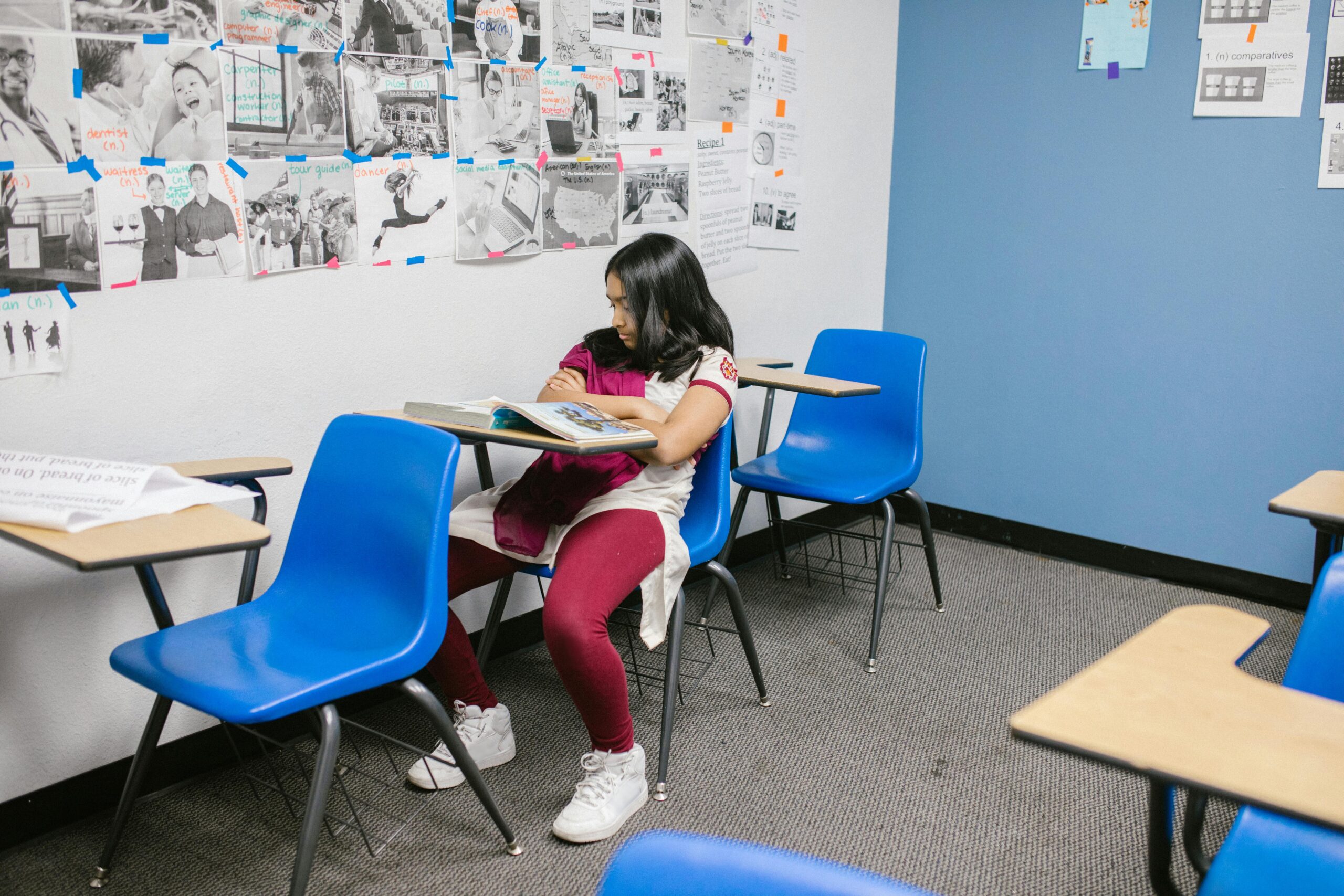Bullying is a harsh reality many kids face. Whether it’s at school, online, or even in social circles, bullying can leave lasting emotional scars. As a parent, your role is crucial in helping your child navigate these challenging situations with confidence and resilience.
In this guide, we’ll explore practical ways to support your child, equip them with the right tools to handle bullies, and create a safe environment for open communication.
What is Bullying
Before diving into solutions, it’s important to understand what bullying looks like. Bullying isn’t just physical aggression; it can also be verbal, emotional, or cyberbullying.
- Physical Bullying: Hitting, pushing, tripping, or damaging belongings.
- Verbal Bullying: Name-calling, teasing, threats, or mean remarks.
- Emotional Bullying: Spreading rumors, exclusion, or manipulation.
- Cyberbullying: Hurtful messages, online shaming, or posting inappropriate content about someone.
Understanding the different types of bullying helps you identify what your child may be experiencing and address it effectively.
Signs That Your Child Might Be a Victim
Kids don’t always openly talk about being bullied, but certain behavioral changes can indicate something is wrong:
- Sudden withdrawal from social activities
- Unexplained bruises, scratches, or damaged belongings
- Frequent headaches, stomach aches, or faking illness to avoid school
- Decreased self-esteem or increased self-doubt
- Changes in eating or sleeping patterns
- Reluctance to use their phone or go online
If you notice these signs, approach the situation with sensitivity and an open mind.
How to Help Your Child Handle Bullies
1. Encourage Open Communication
Let your child know they can talk to you about anything. Ask open-ended questions and listen without judgment. Instead of saying, “Are you being bullied?” try, “How was your day at school? Who did you spend time with?” This makes it easier for them to share their experiences.
2. Teach Them to Stay Calm and Confident
Bullies thrive on getting a reaction. Teach your child to respond with confidence, using firm body language, maintaining eye contact, and speaking in a calm but assertive tone. Simple responses like, “I don’t like that. Stop.” or walking away without engaging can be powerful.
3. Avoid Retaliation
It’s natural for a child to want to fight back, but retaliation often escalates the situation. Instead, encourage them to seek help from a teacher, counselor, or another trusted adult.
4. Role-Play Different Scenarios
Help your child prepare for different bullying situations by practicing responses together. This builds confidence and ensures they won’t feel helpless when faced with a bully.
5. Build a Strong Support System
Encourage your child to foster friendships with positive and supportive peers. Bullies often target kids who seem isolated, so having a group of friends can serve as a protective shield.
6. Involve the School
If bullying occurs at school, communicate with teachers, counselors, or school authorities. Most schools have anti-bullying policies and programs in place. Work together with educators to create a safe environment for your child.
7. Monitor Online Activity
Cyberbullying is increasingly common, and kids may feel trapped if they’re harassed online. Teach your child about online safety, encourage privacy settings, and advise them not to engage with bullies. If needed, report and block the offender.
8. Empower Them with Problem-Solving Skills
Help your child develop problem-solving abilities so they feel more in control. Encourage them to brainstorm possible responses and solutions to bullying scenarios.
9. Boost Their Self-Esteem
A child with strong self-confidence is less likely to be deeply affected by bullying. Encourage activities they enjoy, praise their strengths, and remind them of their worth regularly.
10. Seek Professional Help If Needed
If bullying is severely impacting your child’s mental health, consider seeking support from a therapist or counselor. They can provide coping strategies and emotional support tailored to your child’s needs.
Teaching Kids to Be Upstanders, Not Bystanders
One of the most powerful ways to combat bullying is by teaching kids to stand up for themselves and others. If they witness bullying, encourage them to:
- Support the victim by being a friend
- Speak up and tell the bully their actions aren’t okay
- Report the bullying to a teacher or trusted adult
By fostering kindness and empathy, we can create a culture where bullying isn’t tolerated.
Final Thoughts
Bullying is tough, but your child doesn’t have to face it alone. By equipping them with the right tools and emotional support, you can help them handle bullies with confidence and resilience.
Encourage open conversations, provide guidance, and work with teachers or counselors when necessary. With your support, your child can overcome bullying and grow into a strong, self-assured individual.



